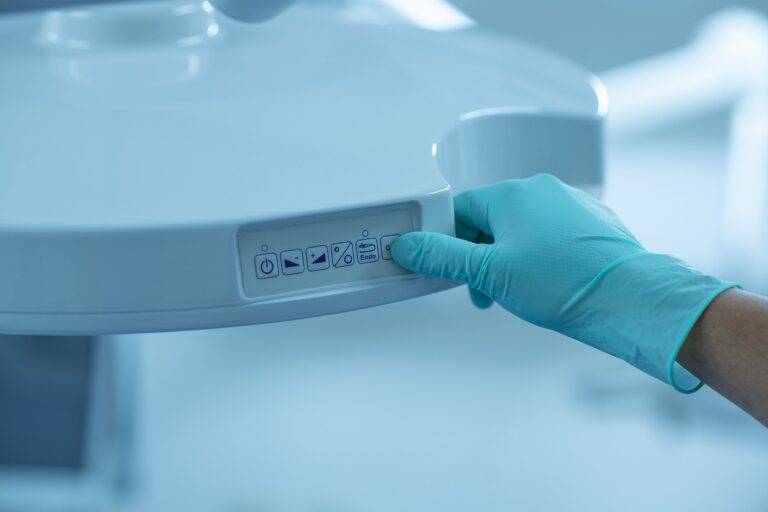The Impact of Tech on Disaster Response and Recovery
In traditional disaster response efforts, one major challenge is the lack of real-time information. Communication breakdowns between different agencies and organizations can hinder effective coordination and decision-making during a crisis. Without up-to-date data on the evolving situation, response teams may struggle to allocate resources efficiently and prioritise areas in need of immediate assistance.
Another obstacle in traditional disaster response is the slow mobilization of resources. Bureaucratic processes and hierarchical structures within established systems can delay the deployment of aid to affected areas. This delay can result in crucial supplies not reaching those in urgent need in a timely manner, impacting the overall effectiveness of the response efforts.
Advantages of Using Technology in Disaster Response
During times of crisis, technology plays a crucial role in enhancing the efficiency and effectiveness of disaster response efforts. One significant advantage is the ability to quickly gather and analyze vast amounts of data through various technological tools such as GIS mapping and satellite imagery. This real-time data helps responders to make informed decisions and allocate resources more efficiently.
Furthermore, technology enables improved communication and coordination among response teams in different locations. With the use of digital communication platforms and mobile apps, responders can easily share information, updates, and resources, leading to better collaboration and faster response times. This enhanced communication infrastructure fosters seamless coordination between different agencies and organizations involved in disaster response operations.
What are some challenges faced in traditional disaster response?
Some challenges include limited communication capabilities, slow response times, lack of real-time data, and difficulty in coordinating resources.
How does technology help in disaster response?
Technology helps in disaster response by providing real-time data, improving communication among responders, enabling better coordination of resources, and enhancing situational awareness.
Can technology be used to predict disasters?
Yes, technology such as weather forecasting systems, seismic monitoring devices, and satellite imagery can help predict natural disasters like hurricanes, earthquakes, and floods.
How does technology improve coordination among response teams?
Technology like GPS tracking devices, drones, and communication apps help response teams to coordinate their efforts, share information, and allocate resources more efficiently.
What role does social media play in disaster response?
Social media platforms can be used to disseminate information, coordinate rescue efforts, and provide updates to the public during a disaster. It also helps in connecting survivors with their loved ones.
How can technology help in post-disaster recovery efforts?
Technology can help in assessing the damage, tracking progress in rebuilding efforts, managing resources effectively, and providing support services to affected communities during the post-disaster recovery phase.





